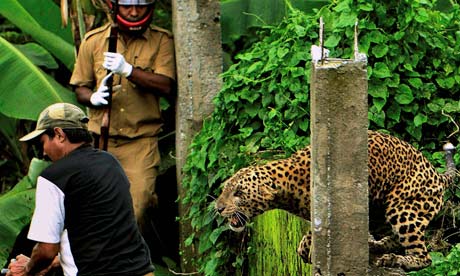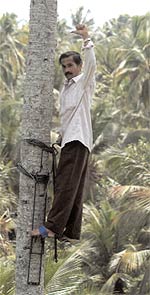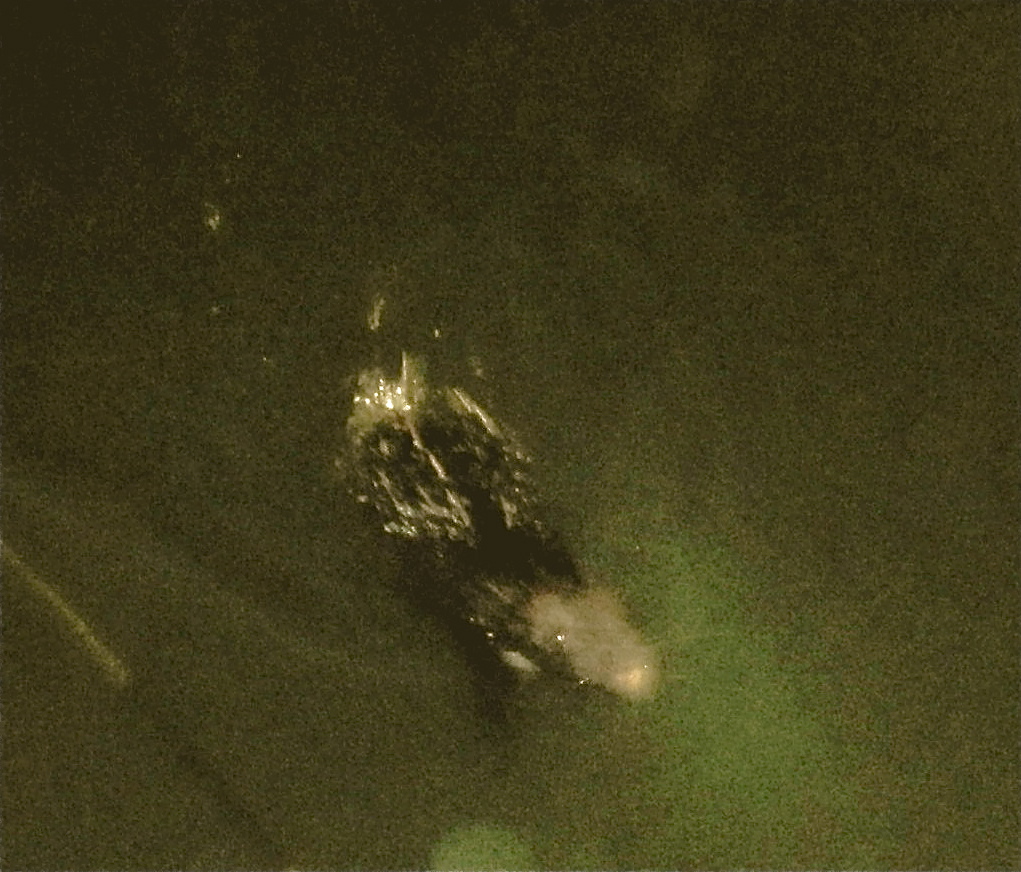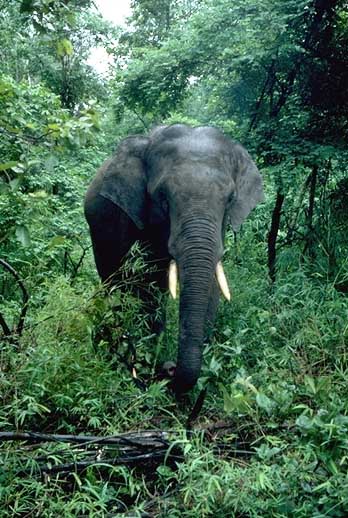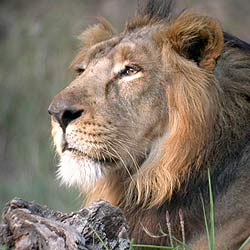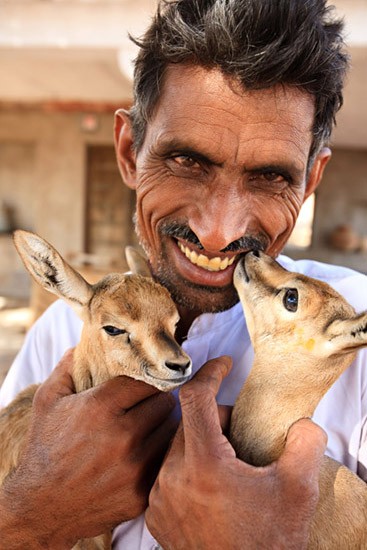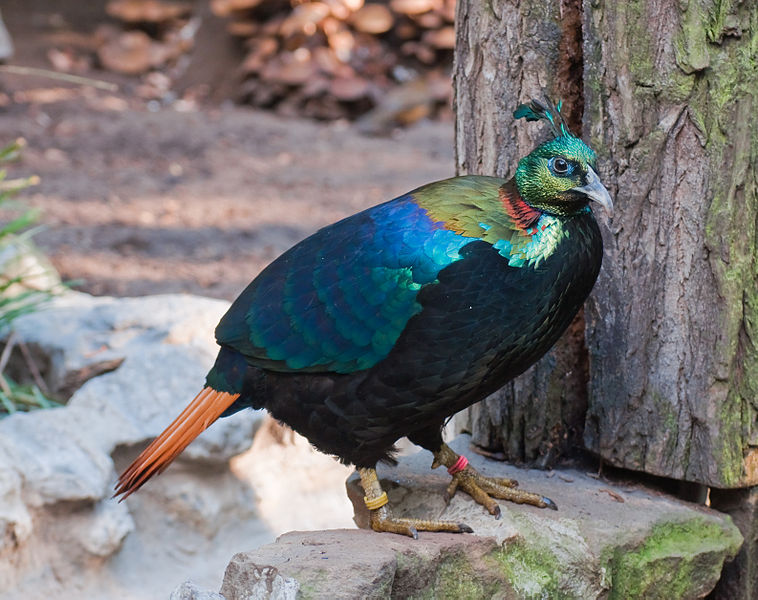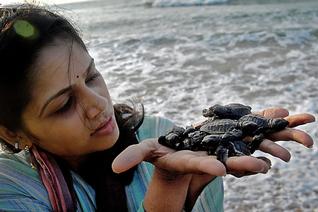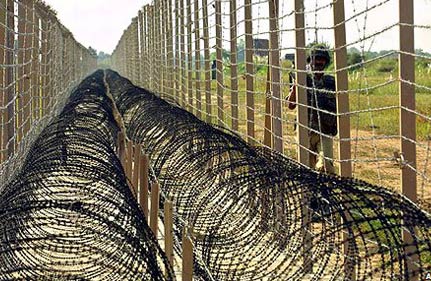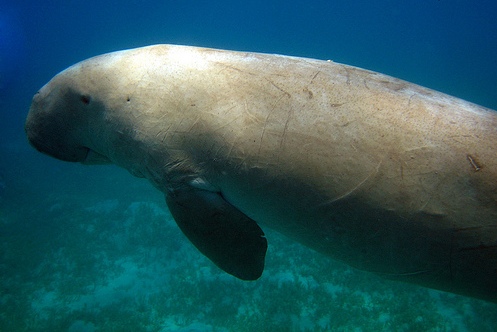It was not too long ago that pictures and videos of a leopard cornered and killed in an eastern state of India flooded the internet and new channels across the globe. Conservationists cried at the loss of another life, but when the choice is between the animal and human lives, it is almost certain that the animal will be the last to be saved. What is sad is that the incident was not a lone case of a wild animal, specifically a leopard venturing into a human settlement. In fact, since January this year 261 leopards across the country have already died, many due to rise in the human animal conflict
Innovative Tree Climber from Kerala helping Save Vultures in Gujarat
When a small farmer from a village in Kerala devised a new mechanism to make the arduous task of climbing coconut trees easier, he might have never imagined that his innovation would one day help save the highly endangered vultures of India. But that is exactly how some conservationists in the western state of Gujarat are ensuring that vulture population is safe on the tree top.
Endangered Porcupine Saved from Drowning
Last week members of India’s Wildlife SOS got a call from Delhi police saying that workers at an under construction bridge in Delhi had spotted a strange animal struggling in a well. The team found the animal to be a porcupine, and endangered species protected under the Wildlife Protection act 1972.
Elephants get Photo Identity Cards
Individual elephants in the state of Karnataka will soon be easily identified thanks to a novel project by wildlife groups in the region. The organizations are giving each elephant a photo identification card that will help researchers as well as conservationists.
17 Species to get Help from becoming Endangered & Extinct
The Union ministry of environment and forest announced last week that 17 species of animals and birds that are listed as endangered are being considered for recovery from the ‘Endangered species list’ of the Red Book of the International Union for Conservation of Nature (IUCN). The list includes Asiatic Lions whose population is visibly increasing and other species like the Indian bustards and snow leopards that are known to be struggling to survive.
Bishnois: Environment Crusaders by Birth
The Bishnoi community of Rajasthan is the kind of community the makers of the movie Avatar would have been inspired from. These worshippers of nature, live by only one code of conduct and that is to live and let live, without bringing harm to any of Mother Earth’s creatures. From creating havoc in one gun loving film star’s life to living each day following the 29 principles revolving around loving and protecting the environment, this community is the role model India and the world needs if we seriously want the Earth to live on.
Himalayan Bird to get Advanced Breeding Centre
The Himalayan Monal, Lophophorus impejanus also known as the Impeyan Monal or Impeyan Pheasant or Danphe is soon to get an advanced breeding centre in Manali after the Central Zoo Authority approved the proposal. The plan pending for a long time will help the state bird of Uttaranchal get greater protection and hopefully help increase […]
VSPCA Saving Endangered Olive Ridley Turtles
Vishakhapatnam a coastal town in Andhra Pradesh was once known for the abundant nesting grounds of Olive Ridley Turtles along its sea coast. But now the town is gradually losing ground due to increased development, poaching and pollution along the coast line. To save the endangered sea turtles and prevent them from extinction, an organisation Visakha Society for Protection and Care of Animals (VSPCA) has taken an active role by its rangers, constantly patrolling the beaches, monitoring nesting sites, eggs and their hatchings. By taking a step further the organisation is involving local villagers, fishermen, in the endeavour by employing and educating them to the cause.
Indo-Pak Border Dividing Animal Homes
The barbed wire fencing marking the Line of Control (LOC) between India and Pakistan has reduced infiltration to a large extent. But what it has also led to is the fragmentation of habitat of many wild animals in the Jammu and Kashmir region sometimes also proving fatal for them when they accidently trip the landmines.
Freshwater Crocodiles back from the brink of Extinction in Manjira River
Manjira river is a tributary of Godavari river that flows in three states of India namely – Karnataka, Andhra Pradesh and Maharashtra. Of late the Manjira River running about 60 km from Hyderabad has seen a surge in freshwater crocodile population nearing 300 in number. This is a direct outcome of the efforts put in by the forest officicers to save the species from becoming extinct as the number had alarmingly fallen to less than 4 pairs in 1974.
Dugongs: The Gentle Sea Cows
The name Dugong probably may not ring a bell to most. Otherwise known as Sea-cow, Dugongs are marine mammals akin to sharks, whales, seals and dolphins. These are harmless underwater animals, big in size and feed only on sea grass, coming on to the surface of water at regular intervals to breathe like whales and Gangetic Dolphins. They spend most of their time feeding on sea grass; because of this, their habitat is restricted to coastal waters of Indo-west –Pacific tropics and ranges across 37 nations. Once found in abundance, today their species are in extreme danger due to uncontrolled mechanized fishing, poaching and habitat loss. Dugongs are categorised as threatened species coming under the IUCN Red list. Quite a few important conservation measures are being undertaken by organisations including Government of India.

